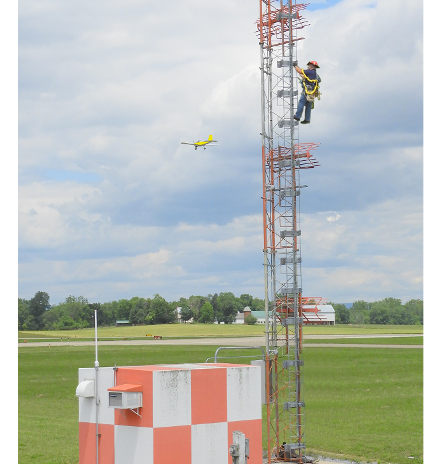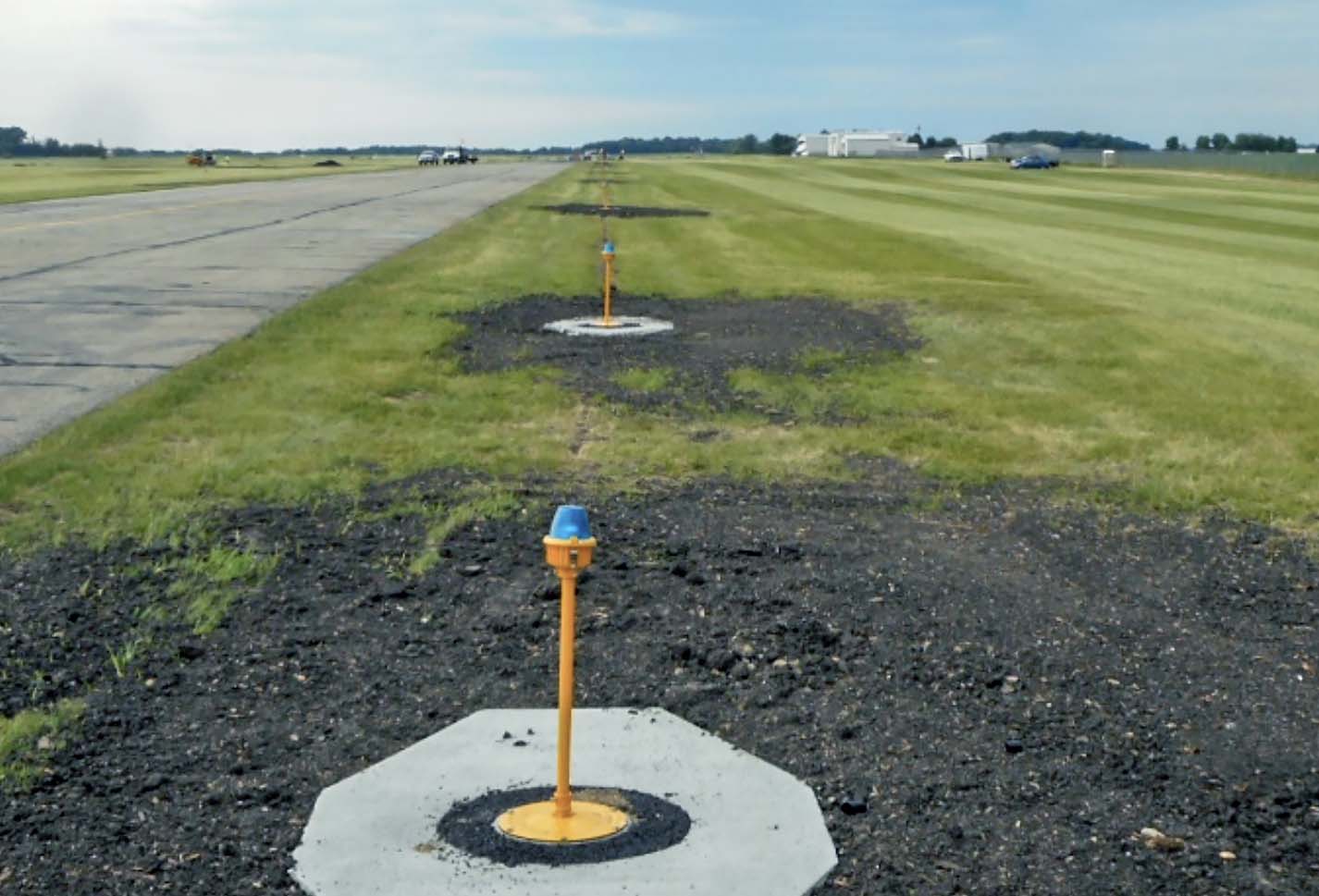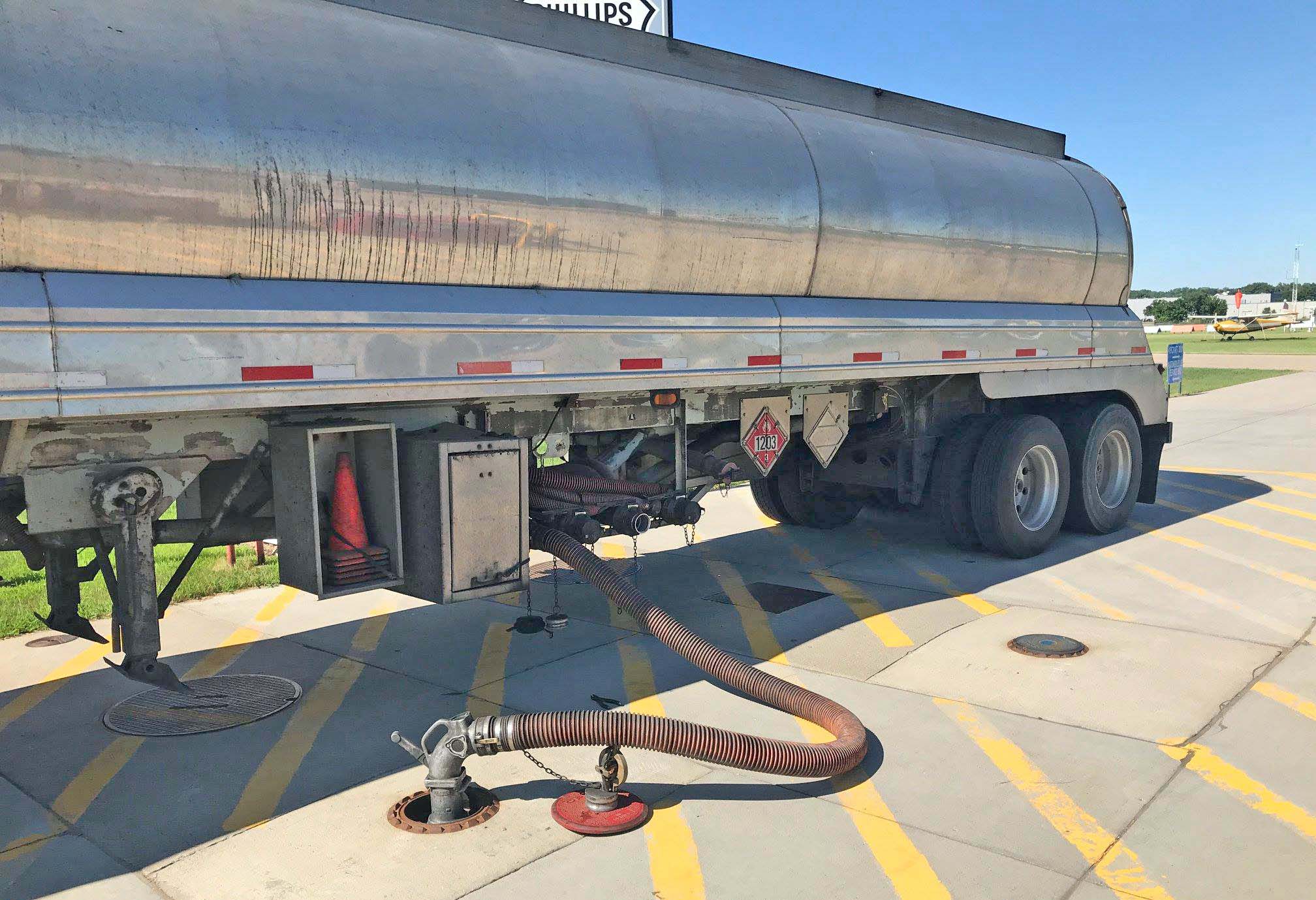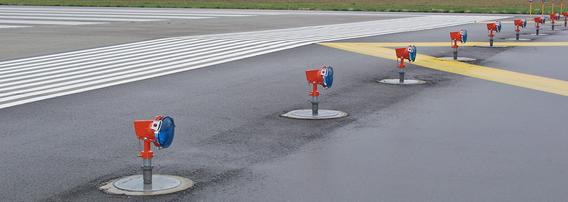
Minnesota has the most state-owned navigation aids of any state—215 (the next highest is Texas, with 182). That means a lot of ongoing maintenance, said Mike Hartell, MnDOT Aeronautics’ new navigation systems coordinator. MnDOT uses both staff and independent contractors (currently numbering four) for this work, but with anticipated retirements, the office is actively seeking new bidders and new students to enter the field.
John Schroeder, airport lighting and principal engineer with MnDOT Aeronautics, is part of MnDOT’s navigation systems team and known as the “MacGyver” of the office. With more than 30 years of experience working on airport systems, Schroeder knows what to do when the lights go out. But before that happens, airports should prepare. Schroeder recommended airports establish a protocol sheet for system outages, considering how things will be fixed if the key person is on vacation, who will be called if the issue is beyond the ability of the city or county staff, and who will be responsible for posting a NOTAM. He also suggested consulting as-built plans (which may be stored in the airport’s electrical vault or the city’s office) to identify where cables are buried and any conduit that exists for routing wires for quicker repairs. And airports should determine which systems require FAA-certified technicians to maintain; if an airport contracts with an outside vendor, it should ensure the vendor is licensed and certified to perform the work, he added.
MnDOT can help airports maintain their lighting systems by providing technical advice, sourcing parts and equipment for repairs, and possibly providing funding assistance for repairs. (If repairs are large, a state grant may be requested through the airport’s development engineer.) Schroeder also offered help from his “aviation junkyard,” a stash of miscellaneous equipment he’s squirreled away over the years. And MnDOT Aeronautics staff can provide onsite technical support when their schedules permit.
Preventive maintenance can go a long way in saving an airport from some headaches, Schroeder noted. Sun, water, critters—all can damage equipment that isn’t adequately protected by proper sealing and tight connections.
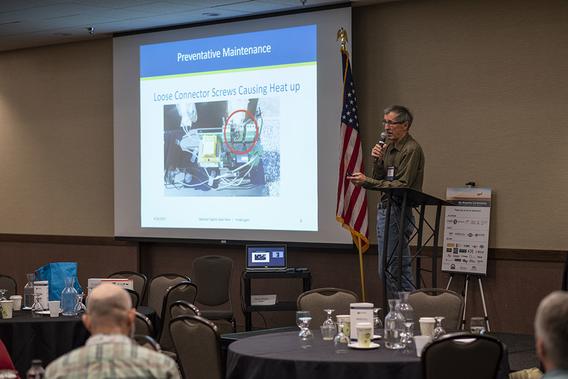
But most critical when performing maintenance is safety, he said. Unless maintenance workers are qualified for more advanced issues, call an electrician. At larger airports, lighting uses a constant current but voltage can vary; many variables can affect voltage, such as damaged wires that result in a fault. Always disable power when replacing lamps. “You save time by working on [them] hot, but once you’re dead time doesn’t mean anything anymore,” Schroeder said. Workers need to put safeguards in place, especially to prevent disabled power from being turned back on prematurely. “In the electrical vault, turn the breakers off to the regulator you’re working on, pull out the cutout...and take the plug with you in the truck. You may want to put a note on the panel or the door, then lock the door,” he said.
“People have been killed working on this,” he said. “You have to have a routine.”
Hartell described the inventory of all navigation systems in the state that MnDOT will be conducting in the summer of 2019. The inventory will capture the type of system at the component level, the make/model/vintage of the system, the condition, the number of phone lines and data cabling, and whether documentation is in place and up to date. The collected data will be used to inform the State Aviation System Plan (SASP) team and determine what the state coverage should be, Hartell said.
The FAA is in the process of reducing the number of ground-based navigational aids as it transitions to performance-based navigation, Hartell noted. The FAA’s 2018 Navigation Programs Strategy calls for non-directional beacons (NDBs) to be gradually phased out of the National Airspace System, reducing the current network of Very High-Frequency Omnidirectional Range (VOR) stations to a Minimum Operational Network by eliminating approximately 30 percent of the facilities.
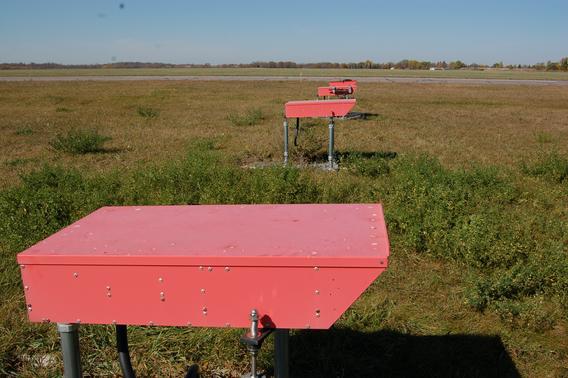
In Minnesota, MnDOT is planning to downsize the number of navigational aids, especially NDBs that aren’t working but are still connected to phone lines and hence, costing money. Hartell explained that the process for decommissioning navaids includes publishing a public notice; posting a paper notification at the airport where the decommissioning is going to occur and at surrounding airports; publishing a notice in the local newspaper; spreading the word on MnDOT’s social media; and e-mailing a notice to various MnDOT listserve subscribers. MnDOT will provide a 30-day comment period for each decommissioning site, followed by a decision to proceed, delay, or perpetuate the navaid.
Airports are urged to add new navaid items—MALSRS, ILSs, AWOSs, etc.—to their capital improvement programs and to coordinate navaid requests with other projects. “Realize that many projects impact navaids. When you’re thinking about projects like new A/D buildings or new hangar buildings, it’s a great time to think about the telecommunications needs inside those buildings,” Hartell said. “Involve navigation systems staff early and often.”
